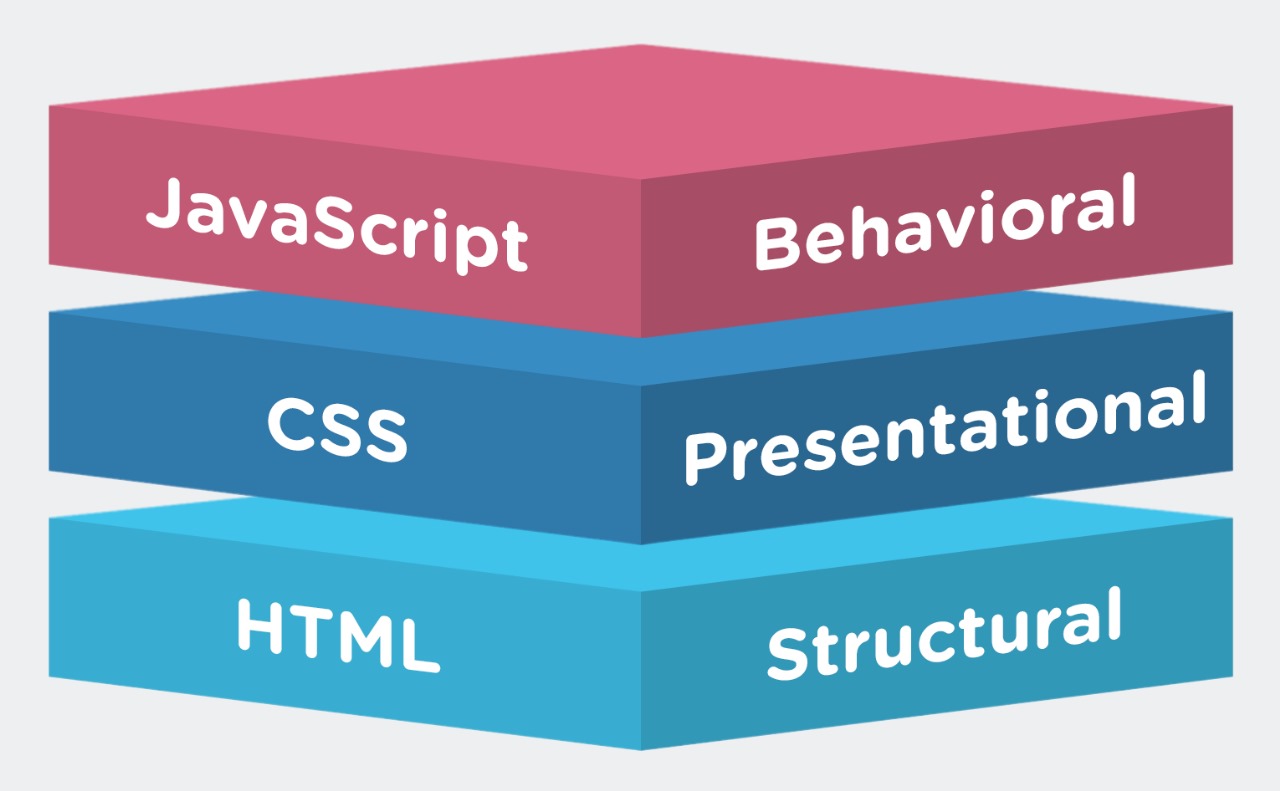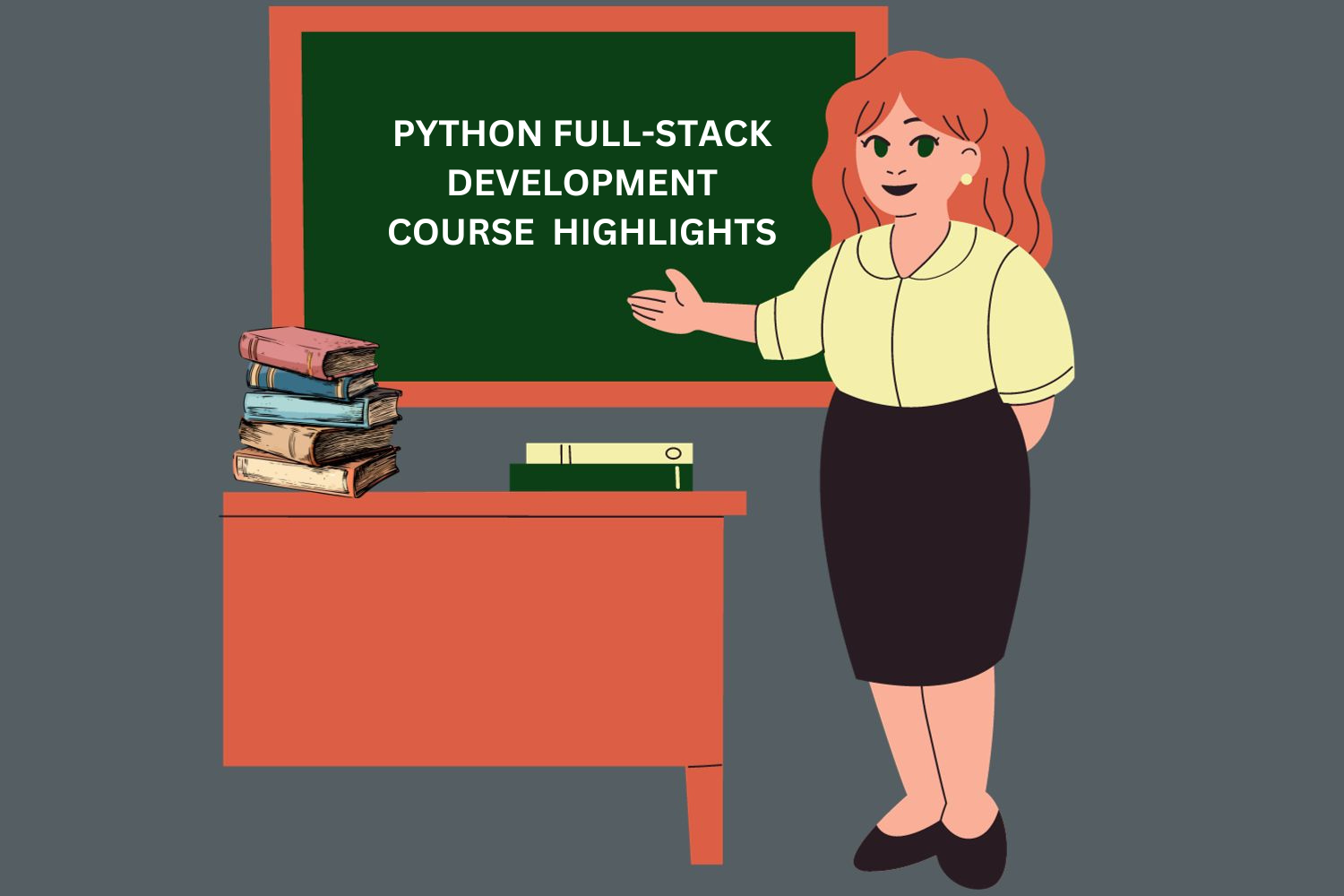
PYTHON FULL-STACK DEVELOPMENT
End-to-end application development is referred to as full stack development. It includes an application’s front end and back end. The back end, which is the core of the program and where all the business logic is applied, is typically accessed by a client.
The process of planning, building, testing, and deploying an entire web application from scratch is known as full stack development. Working with a variety of technologies and tools is required, including database development, front-end web development, and back-end web development. A software engineer or developer that works on both the front and back ends of a website or application is known as a “full stack developer.” The front-end and back-end technologies that support a website or application are familiar to a full-stack developer.
Python full stack refers to the use of Python to create whole applications. Since Python doesn’t support the front end, learning technologies like HTML, CSS, and JavaScript for the front end, the fundamentals of Python for writing business logic, data processing, scientific computations, and other tasks, and then a web development framework like Django or Flask that handles the back-end development will allow you to become a full stack Python web developer. You should also become familiar with a database that Python may use. A nice option is MongoDB/SQL.
Full-stack developers frequently handle every step of the creation of a web application, therefore they must have a thorough knowledge of all the technologies and tools used in web development. Due to the collaborative nature of web development, they must also be able to work well as a team. The majority of full-stack developers are well-versed in web development tools including HTML, CSS, and JavaScript. Additionally, they have knowledge of server-side programming languages like PHP, Ruby on Rails, and Node.js. Full-stack engineers have a strong understanding of how the many components of a website or application interact with one another in addition to their technical expertise.
Because they can create a website or application from scratch and are quick to spot and resolve any issues that may arise, full-stack developers are in high demand. Ask a full-stack developer about their experience with front-end and back-end technologies if you’re looking to recruit one.
1. Learn the Basics of Python Programming
Python can be used for the entirety of a web application’s stack, including the frontend and backend. You must master the fundamentals of the language if you want to work as a full stack Python developer. This entails learning the core ideas of programming as well as knowing how to write and execute Python code. You can advance to learning more complex topics once you have a solid foundation in Python.
2. Get Familiar with the Most Popular Python Libraries
You must be familiar with the most well-known Python libraries if you want to work as a full-stack Python developer. For data research, these libraries include pandas, NumPy, SciPy, matplotlib, and seaborn; for machine learning, scikit-learn; and for full stack Python web development, Django, Flask, and Pyramid. You can use Python to create robust and sophisticated apps by understanding these packages.

3. Become More Proficient with HTML, CSS & Javascript
A solid background in HTML and CSS is necessary for a full stack Python developer. Python is a formidable programming language, but HTML and CSS are in charge of deciding how a website looks and feels. As a result, in order to construct attractive and user-friendly websites, full stack Python developers need to be adept at using both languages.
Python full stack developers should be well versed in JavaScript, AJAX, and jQuery in addition to HTML and CSS. They will be able to develop interactive web applications that are engaging and responsive using these tools. Python full stack developers can establish themselves as authorities in the industry by polishing their abilities across the board in web development.
4.Learn about Database Systems
You’ll also need to be familiar with database systems if you want to be a full-stack Python developer. This includes gaining knowledge of database architecture, construction, and querying. You should also be well knowledgeable about data structures and algorithms. You can efficiently store and retrieve data by knowing about database systems.
5. Get Experience with Popular Frameworks
You may create web applications using numerous well-known Python frameworks, like AIOHTTP, CherryPy, Dash, Django, Falcon, etc. You can create dependable and scalable web apps by gaining experience with these frameworks. These frameworks can also be used to educate yourself on Python development best practices.

6. Become Familiar with Popular IDEs & Code Editors
You can use a variety of well-liked code editors and IDEs to create Python apps. These IDEs include PyCharm, Atom, and Visual Studio Code. You may create Python apps more quickly by developing experience with these IDEs. These IDEs can also be used to educate yourself on Python development best practices.
Scope of Python full-stack development:
Python full-stack developers are currently in high demand in the tech industry. With their ability to work on both the front-end and back-end of web development, these professionals are sought after for their versatility and proficiency in the Python programming language. As companies continue to prioritize digital transformation and web-based applications, the demand for skilled Python full-stack developers is expected to rise even further. The demand for full-stack developers has been increasing at 35% each year since 2015. The industry is expected to generate up to 65 million jobs by 2025. In India, there has been an increase of over 30% of jobs for full-stack developers in the past year.
A few Python full-stack developer job roles include these:
1. Full Stack Engineer
2. Python Developer
3. Python Full stack Developer
4. Python Software Developer
5. Python Engineer
Salary of Python full stack developer
Python has emerged as a powerhouse programming language in today’s quickly expanding technological scene, and demand for talented Python full-stack engineers has skyrocketed. The average salary of a Python full stack developer in India can vary depending on a number of factors, such as experience, location, and company size. Full Stack Developer salary in India with less than 3 year of experience to 11 years ranges from ₹ 13 Lakhs to ₹ 35 Lakhs.
Course Highlights
1- Suited for students, freshers, professionals, and corporate employees
2- Live online classes
3- 4-month program
4- Certificate of completion
5- Decision Oriented Program of Analysis
6- Live Classes by highly experienced faculties
7- Hands-on experience with real-life case studies

Conclusion:
The demand for Python full stack developers is skyrocketing, making it a great career choice. The python’s easy to learn features make it suitable for all. The benefits and potential career opportunities that await those who successfully master this versatile course are limitless. SCODEEN Global has advanced and updated courses to help your reach heights of success.

